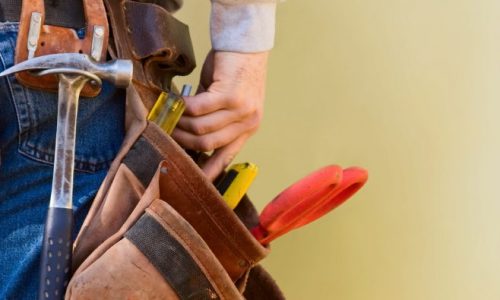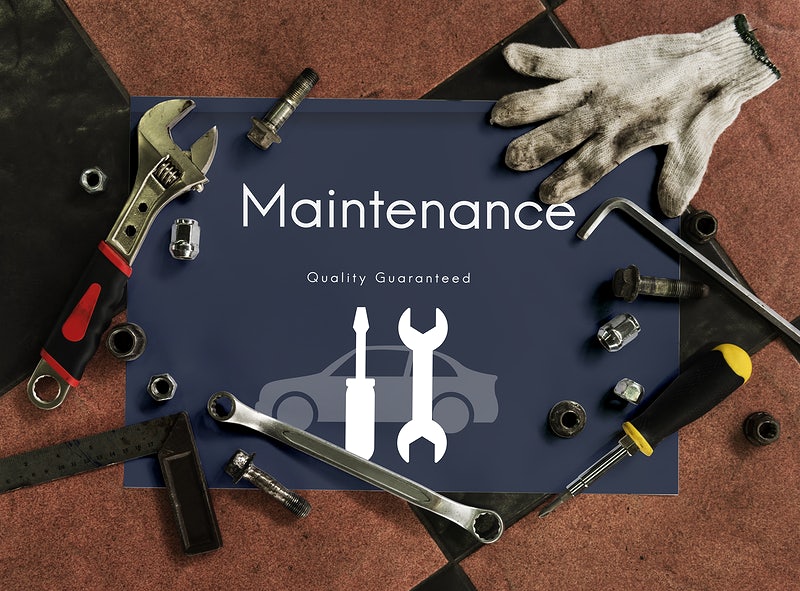HOA Maintenance creates constant work for boards of directors. Some boards opt to spend less, which is good – but they go about it the wrong way. Communities that defer essential maintenance may find those small problems become bigger ones later on. That means that those repairs need to be accommodated through special assessments. Even worse, big jobs cost more, so saving pennies now may cost you real dollars later on down the road when the issue exacerbates. This often happens when a board hasn’t established a relationship with a reliable, forward-thinking property management company.
Most boards approach HOA maintenance programs in one of three ways. Take a look at these 3 different types below, preventive, reactive, or predictive, and see which one applies to you.
Maintenance Style #1: Reactive Maintenance
Reactive maintenance consists of repairing equipment, common spaces, or the building when it really needs maintenance. This means that those responsible will let the problem grow and grow before repairing it.
The problem with this type of approach is that the cost is often much higher than it would be if they also did some preventive or predictive maintenance. There might always be an emergency, where your only option is to be reactive, but if you can avoid it, you should. Just reactive maintenance often leads to financial stress and having to ask residents to pay extra which is never well-received.
The problem is that most parts of your community don’t have to be fully broken to require upkeep and maintenance. So when you allow them to fall into disrepair, it costs even more money to make them operational. Running your community maintenance this way is the same thing as never getting the oil changed in your car because you want to save money, then having to purchase an entirely new engine.
Maintenance Style #2: Preventive Maintenance
Preventive maintenance is when monthly and annual maintenance plans are created. This ensures that buildings and equipment are always stable and in good working order.
This model is commonly used in:
- General deterioration repairs;
- Deck covering;
- Regular painting cycles;
- Maintenance of swimming pool equipment;
- Gutter cleaning;
- Replacement of lights.
This is a good approach, but it comes with a few hidden hazards to watch for. Typically, the autopilot types have created regular service schedules for the community’s essentials and engaged with reliable contractors who can complete the work on time and on budget.
First of all, paying attention to only a select group of requirements and turning a blind eye to other possibilities could result in an unpleasant maintenance sneak attack. Secondly, boards that take the preventive maintenance approach often run into trouble when a new board takes over. This happens because the new board may not carefully read the existing contracts and warranties, thereby unwittingly voiding them. Preventative maintenance may be an approach with the best of intentions, but good intentions are no substitute for thorough, diligent action.
Maintenance Style #3: Predictive Maintenance
Predictive maintenance consists of monitoring buildings, their equipment, and components. This allows you to find possible problems in advance and ensures you can solve them before they become actual issues. HOAs that work in this way have good results: through predictive maintenance, they increase the life expectancy of their equipment and assets. They also ensure that there aren’t any surprise expenses.
There are three rules for predictive maintenance:
- Inspect the property on a monthly basis. These inspections may rely on technology such as the use of infrared thermal imaging cameras for structures and portable ultrasound units for mechanical components. It’s also possible to use HVAC units, evaluate pool equipment, supplies, pumps, and motors.
- Keep a record of product guarantees, contract guarantees, and relevant information to ensure that each product or installation has a continuous and efficient life cycle.
- Keep all building components and systems in a regular maintenance cycle, according to the manufacturers’ specifications in the manuals.
Predictive maintenance positions you for financial stability and greater predictability. Best of all, allows you to think far enough ahead so that you can implement proactive money-savers. These could include green building practices or the use of more energy-efficient equipment and materials. Needless to say, predictive maintenance is the style that serves communities best.
If you’d like to improve your HOA’s maintenance style, then joining the board and working with your manager is the best way to go.




